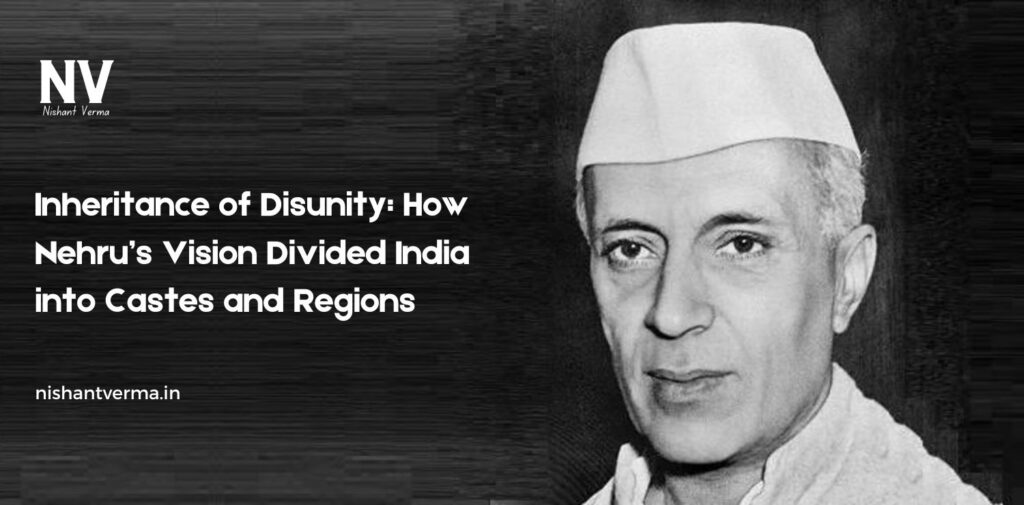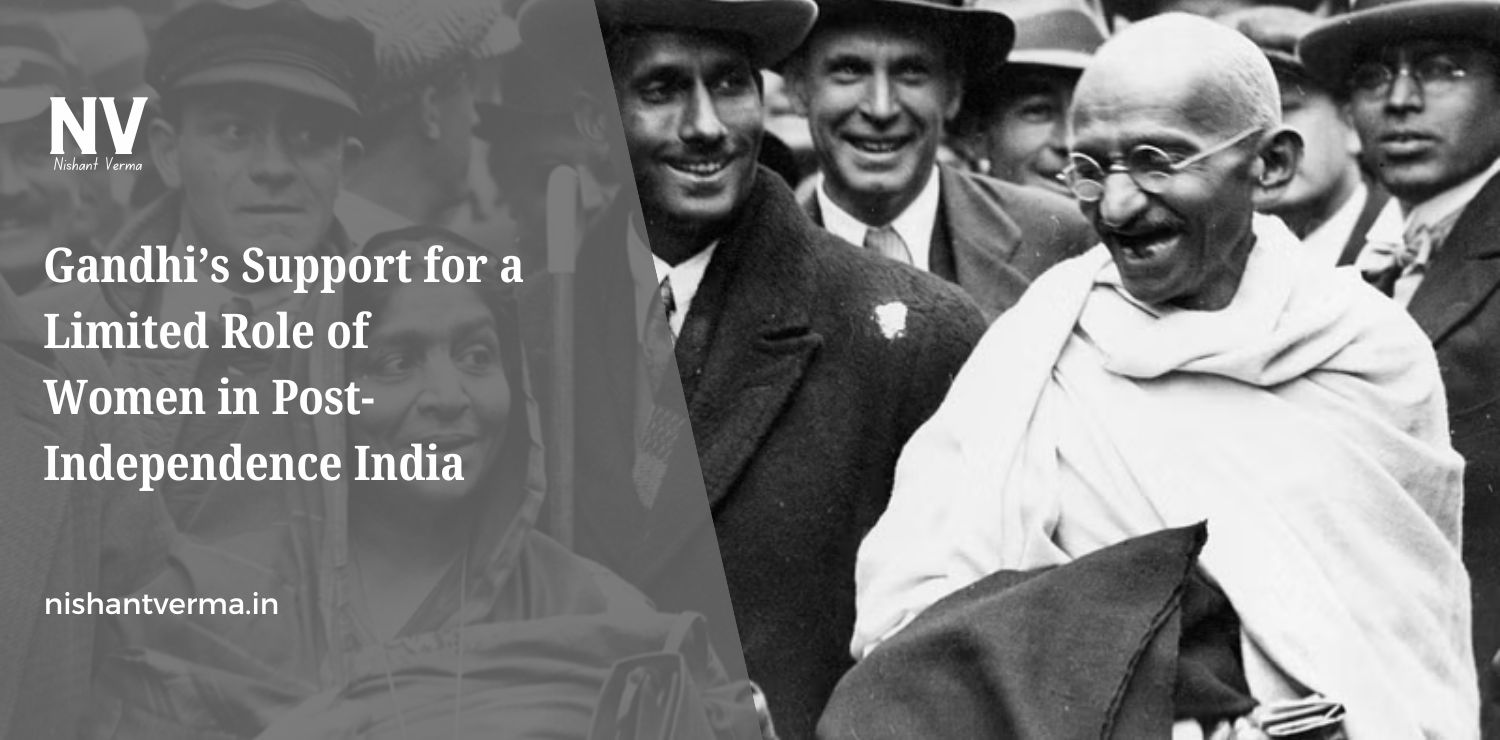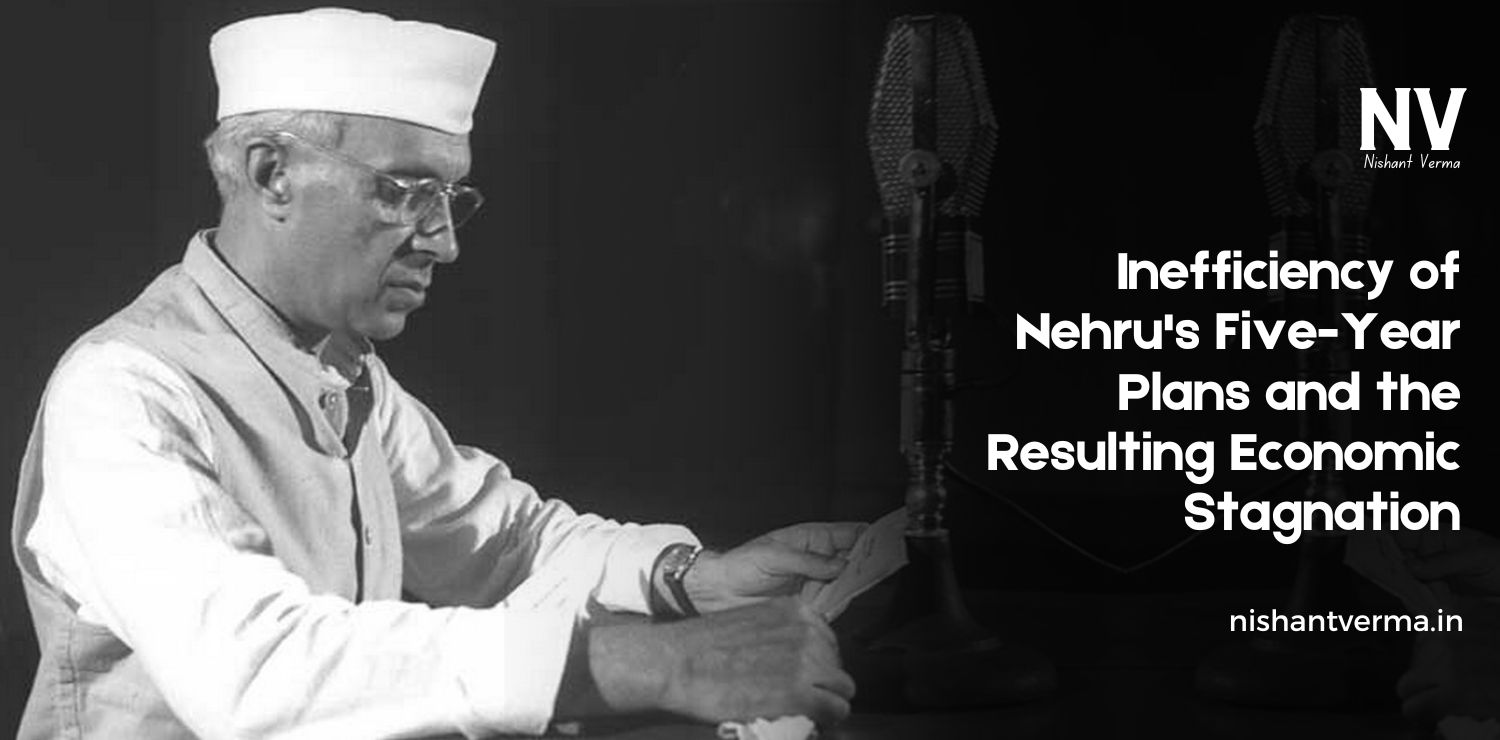India, a land known for its diversity, culture, and history, has always been a place where multiple communities, religions, languages, and traditions have coexisted. But after gaining independence in 1947, the vision for a united and strong India was something that was debated and discussed for years. Jawaharlal Nehru, the first Prime Minister of India, played a central role in shaping the country’s early policies. However, his vision, while aiming for unity, inadvertently sowed seeds of Inheritance of Disunity in terms of caste and regionalism.
Nehru’s Vision of a Modern, Secular India
Nehru envisioned a modern, secular, and progressive India, where all communities would have equal opportunities to grow. He believed in a strong central government that could ensure uniform development and equality. To achieve this, Nehru focused on building large institutions, centralizing power, and promoting education and industrialization. His idea was to unify India by creating a sense of shared national identity, a feeling of “Indianness” that transcended regional and caste differences.
However, while Nehru aimed for unity, the steps he took often deepened the divides in Indian society, especially concerning caste and regional identities. The policies that were meant to create unity sometimes led to unintended consequences that divided communities further.
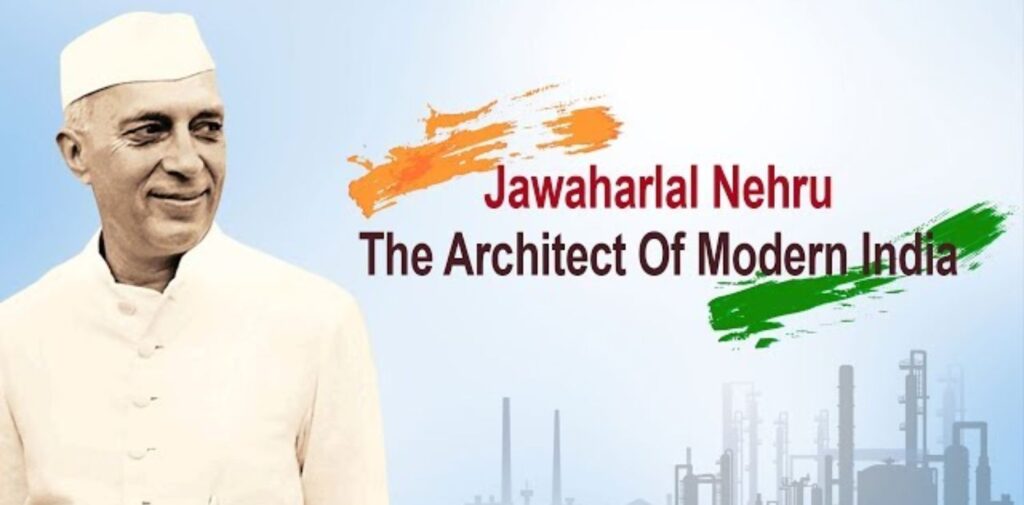
Centralization and Its Impact on Regional Identities
One of Nehru’s key decisions was the centralization of power. Nehru believed that for India to progress, it was important to have a strong central government that could lead the nation towards development. This vision led to the establishment of a strong federal system, but it often ignored the voices and aspirations of regional communities.
The centralization of power meant that states had less control over their own affairs. This caused frustration among people in various regions, who felt that their local issues and cultures were being overlooked. For example, in the southern states, there was a growing sense that the Hindi-speaking, north-centric government was imposing its language and culture on them. The demand for linguistic autonomy grew, and eventually, the government had to divide the country into states based on linguistic lines in 1956. While this solved some problems, it also gave rise to new ones, as it created a sense of regional rivalry and competition.
Nehru’s Economic Vision and the Rise of Regional Disparities
Nehru’s economic policies, which focused on large-scale industrialization and central planning, were also geared towards unifying the country by promoting economic growth. However, the implementation of these policies often led to regional disparities. The industries were concentrated in certain parts of the country, mainly in the north and west, while the eastern and southern regions were left behind in terms of industrial development.
This uneven growth created a sense of injustice among people in underdeveloped regions, leading to demands for more equitable distribution of resources. The lack of attention to regional economic development led to protests and, in some cases, demands for autonomy. This widened the gap between the rich and poor regions, further deepening regional divides.
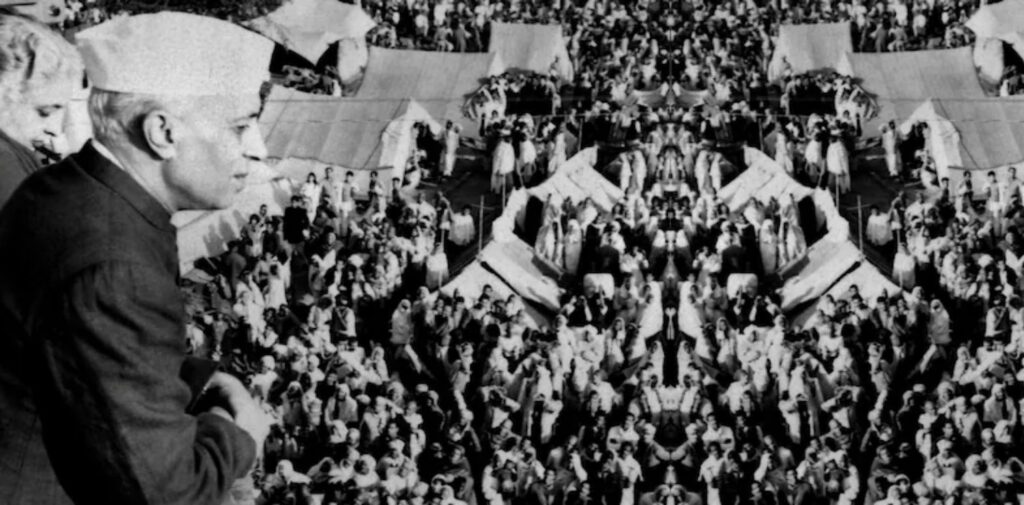
Caste-Based Policies and Their Consequences
One of the most significant ways in which Nehru’s vision impacted Indian society was through his policies on caste. Nehru was deeply concerned about the social inequalities caused by the caste system, and he believed that affirmative action policies were necessary to uplift the lower castes, especially the Scheduled Castes (SCs) and Scheduled Tribes (STs). These policies included reservations in education, government jobs, and political representation.
While these measures aimed to bring equality, they also had long-term consequences. Over time, the reservation system became a tool for political parties to mobilize caste-based support, further entrenching the caste system in Indian society. Instead of reducing caste-based discrimination, the reservation policies often led to increased polarization. Political leaders began to cater to specific caste groups, and caste identity became a significant factor in elections and governance.
Moreover, the system of reservations created a sense of entitlement among some groups and resentment among others. This fueled caste-based tensions and made it harder for a unified national identity to take root. What was intended as a solution to caste discrimination often became a tool for perpetuating caste-based politics, thereby deepening the divide rather than healing it.
The Growth of Identity Politics
Nehru’s vision for a unified India based on secularism and modernity did not foresee the rise of identity politics that would dominate the Indian political landscape in the following decades. The policies intended to uplift marginalized communities, such as Scheduled Castes, Scheduled Tribes, and other backward classes, also created new political identities based on caste and region.
Over time, political leaders began to appeal directly to specific caste and regional groups. Political parties started to form alliances based on caste, and elections became more about caste and community representation rather than national issues. This gave rise to a fragmented political system where different regions and caste groups began to demand greater representation and autonomy. For example, the rise of regional parties in states like Tamil Nadu, West Bengal, and Uttar Pradesh showed how deeply rooted regional identities had become in Indian politics.
In many ways, the centralization of power and the introduction of caste-based affirmative action policies helped strengthen regional and caste identities. These identities became powerful forces in Indian politics, often overshadowing national unity. Political leaders began to focus more on their communities’ interests rather than working for a shared national vision.
The Creation of Regional Autonomy Movements
Nehru’s centralization policies also led to the growth of regional autonomy movements. People in various states began to demand more control over their own affairs. These movements, while often peaceful and democratic, reflected the frustration that had built up due to the lack of regional autonomy and development. In some cases, such as in Punjab, Assam, and Kashmir, the demand for autonomy turned violent, leading to insurgencies and civil unrest.
The central government’s response to these movements was often harsh, and this only deepened the divide between the regions and the center. These movements were not just about economic development but also about cultural identity and regional pride. As a result, the idea of a unified India began to lose its appeal for many, who felt that their unique regional identities were being suppressed.
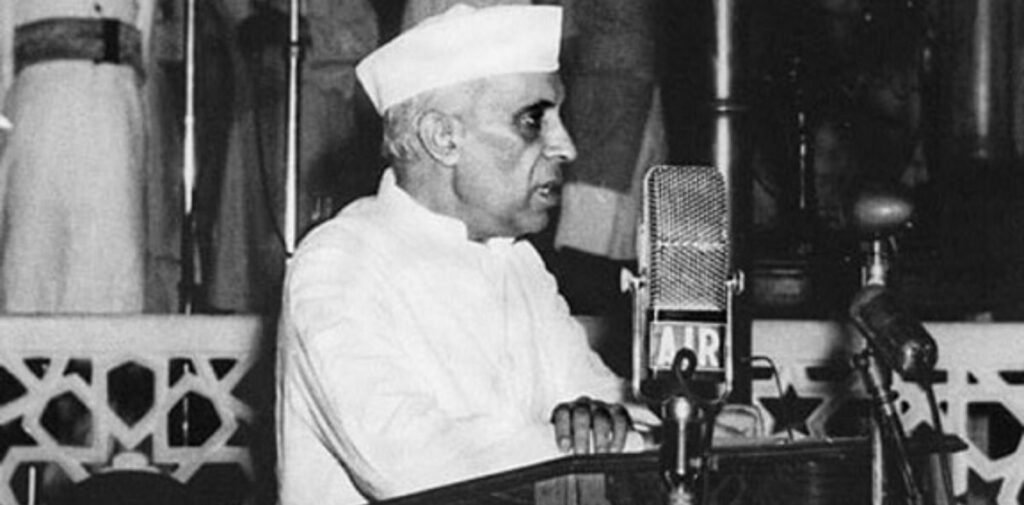
The Legacy of Nehru’s Vision: Divided India?
In retrospect, it is clear that Nehru’s vision for India, while noble and ambitious, had unintended consequences. The policies of centralization, affirmative action, and linguistic reorganization led to the strengthening of regional and caste-based identities. Instead of uniting India, these policies contributed to greater divisions along caste, regional, and linguistic lines.
Nehru’s vision for a modern, secular India did not fully account for the complexities of Indian society. While his intentions were to uplift marginalized communities and promote national unity, the long-term consequences of his policies were the growth of identity-based politics and regional rivalries. Today, caste-based and regional politics play a central role in India’s democracy, and the idea of a unified national identity is more elusive than ever.
Conclusion: Inheritance of Disunity
Nehru’s India was built on the foundation of a shared vision for progress, equality, and unity. However, the reality was far more complicated. The policies intended to bring people together often deepened existing divides, and regional and caste identities have since become central to Indian politics. As India continues to evolve, it is essential to reflect on the lessons of the past and strive for a more inclusive and harmonious society, where the diversity that defines India can be celebrated without leading to division. While Nehru’s vision had its flaws, it also set the stage for ongoing debates about the future of a united India.

